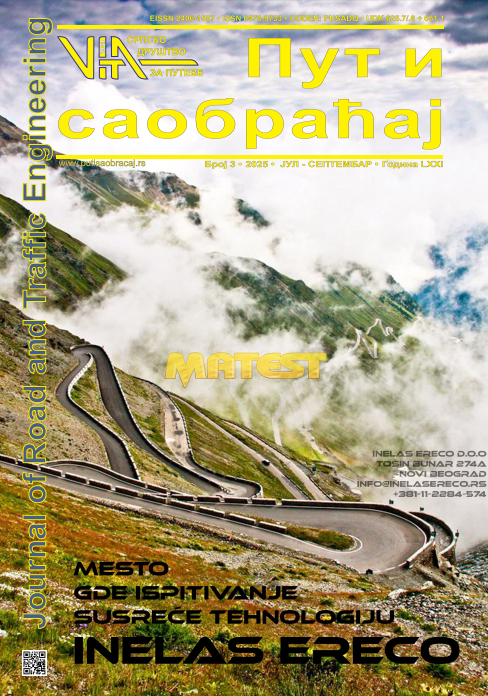Pedestrian Gap Acceptance Behavior at Un-Signalized Intersections under Mixed Traffic Conditions- A Case Study at Dukem City, Ethiopia
Abstract
Transportation System is the most convenient type of making several arrangements for both vehicles and pedestrians to achieve a smooth flow of traffic on the road. The provision of appropriate pedestrian facilities at the desired location as well as increased pedestrian safety while crossing the road are the main goals of the analysis of pedestrians at Un-Signalized crossroads. In Dukem City, one pedestrian follows the other pedestrians at Un-Signalized intersections when crossing the road. The present study is aimed to model and analysis the gap acceptance behavior of pedestrians at Un-Signalized intersections under mixed traffic conditions in Dukem City. Three Un-signalized Intersections namely ‘Qera’, ‘Qayamba’, ‘Misraq ber’ in Dukem city has been selected on the bases of pilot study and pedestrian- traffic data at the study area. Pedestrian Gap acceptance studies are conducted at the selected study locations and the related data such as pedestrian volume, gaps accepted, rejected, their waiting time, age, gender, headway, traffic volume, speed and road geometry at the respective study locations are collected by video graphic method. The total number of 7200 pedestrian gaps are observed cumulatively in all the study locations, for the purpose of analysis and modeling. A Multiple Regression Model is developed from the collected data to analyze the gap acceptance behavior of the pedestrians at un-signalized Intersections at selected study locations in Dukem City. The developed model is validated and found good fitness with R2 value more than 0.9. The results obtained from the model may be useful for predicting the pedestrian behavior that will be useful to implement pedestrian safety measures at the selected locations. The maximum and minimum pedestrian waiting times recorded are found to be 59.9 sec, 58.9sec and 58.9 sec. and 16.9 sec, 16.8sec and 16.8sec respectively.
Downloads
Copyright (c) 2025 Journal of Road and Traffic Engineering

This work is licensed under a Creative Commons Attribution-NonCommercial 4.0 International License.
Authors who publish with this journal agree to the following terms:
- Authors retain copyright and grant the journal right of first publication with the work simultaneously licensed under a Creative Commons Attribution License CC BY-NC that allows others to share the work with an acknowledgement of the work's authorship and initial publication in this journal.
- Authors are able to enter into separate, additional contractual arrangements for the non-exclusive distribution of the journal's published version of the work (e.g., post it to an institutional repository or publish it in a book), with an acknowledgement of its initial publication in this journal.
- Authors are permitted and encouraged to post their work online (e.g., in institutional repositories or on their website) prior to and during the submission process, as it can lead to productive exchanges, as well as earlier and greater citation of published work (See The Effect of Open Access).









